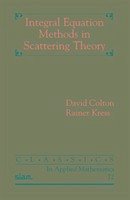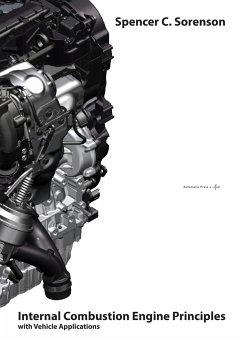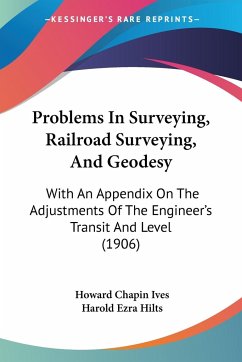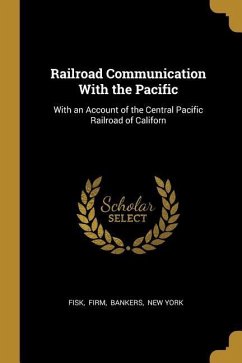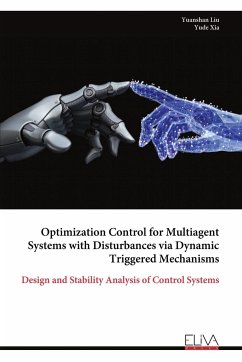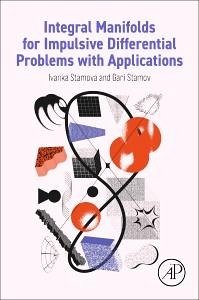
Integral Manifolds for Impulsive Differential Problems with Applications

PAYBACK Punkte
79 °P sammeln!
Integral Manifolds for Impulsive Differential Problems with Applications offers readers a comprehensive resource on integral manifolds for different classes of differential equations which will be of prime importance to researchers in applied mathematics, engineering, and physics. The book offers a highly application-oriented approach, reviewing the qualitative properties of integral manifolds which have significant practical applications in emerging areas such as optimal control, biology, mechanics, medicine, biotechnologies, electronics, and economics. For applied scientists, this will be an...
Integral Manifolds for Impulsive Differential Problems with Applications offers readers a comprehensive resource on integral manifolds for different classes of differential equations which will be of prime importance to researchers in applied mathematics, engineering, and physics. The book offers a highly application-oriented approach, reviewing the qualitative properties of integral manifolds which have significant practical applications in emerging areas such as optimal control, biology, mechanics, medicine, biotechnologies, electronics, and economics. For applied scientists, this will be an important introduction to the qualitative theory of impulsive and fractional equations which will be key in their initial steps towards adopting results and methods in their research.





